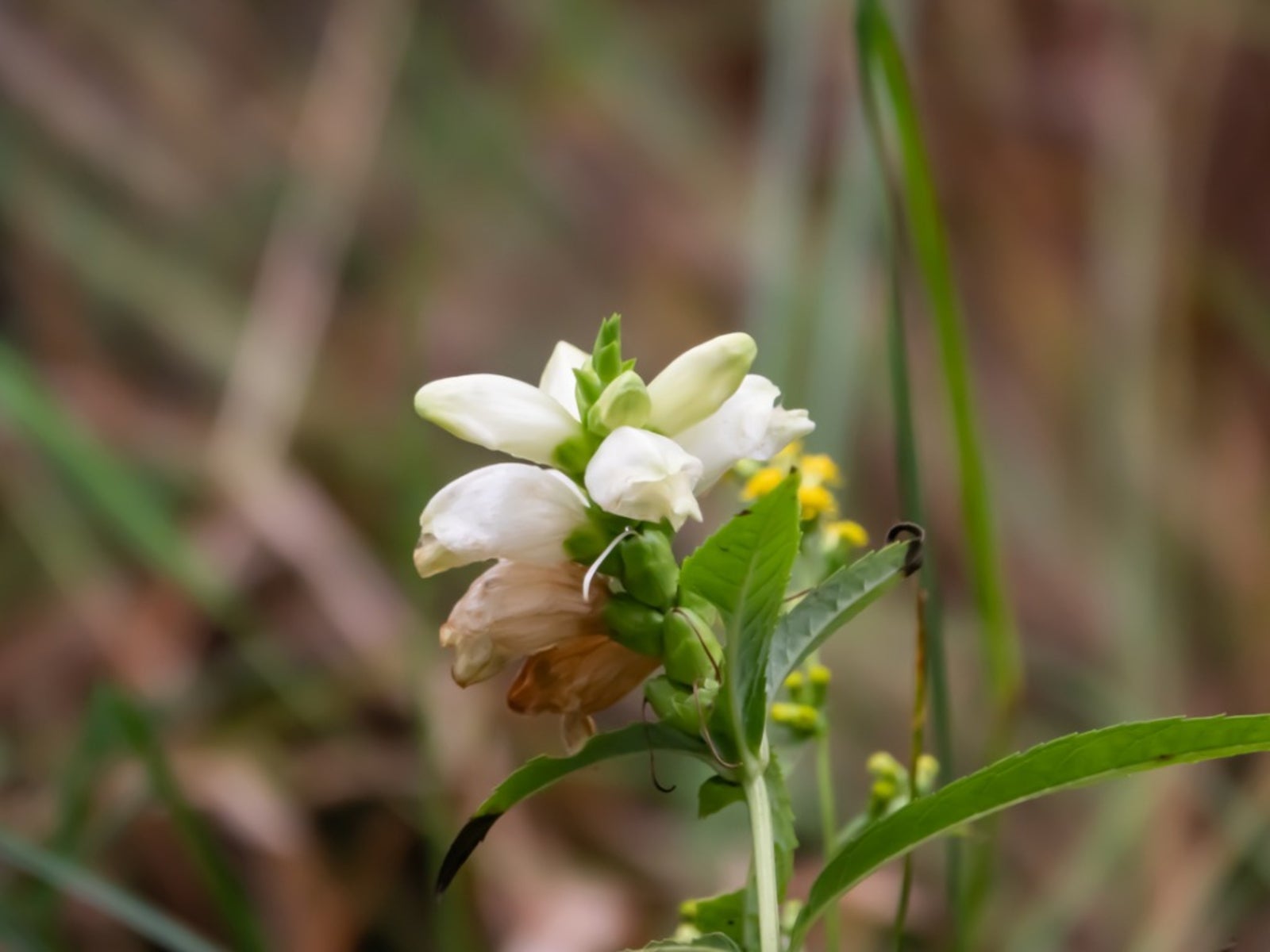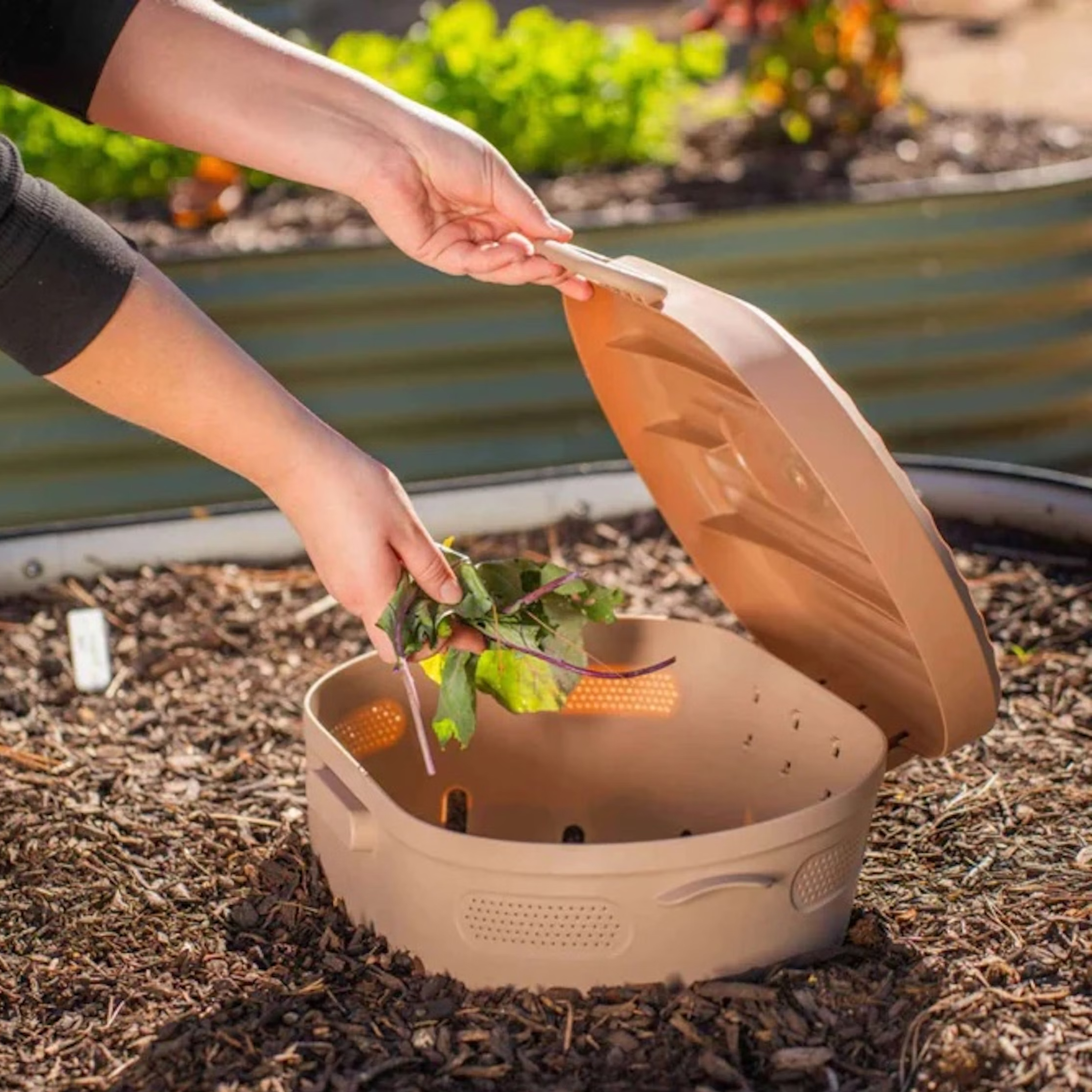Turtlehead Flowers - Information For Growing Turtlehead Chelone Plants

Its scientific name is Chelone glabra, but the turtlehead plant is a plant that goes by many names including shellflower, snakehead, snakemouth, cod head, fish mouth, balmony, and bitter herb. Not surprisingly, turtlehead flowers resemble the head of a turtle, earning the plant this popular name. So what is turtlehead? A member of the Figwort family, this interesting perennial wildflower is found in many parts of the eastern United States along stream banks, rivers, lakes, and damp ground. Turtlehead flowers are hardy, require minimal maintenance, and provide lots of late season color to the landscape.
Turtlehead Garden Care
With a mature height of 2 to 3 feet (61-91 cm.), a spread of 1 foot (31 cm.) and pretty whitish pink flowers, the turtlehead plant is sure to be a conversation piece in any garden. If you have a moist place in your landscape, these flowers will be right at home, although they are hardy enough to grow in dry soil as well. In addition to moist soil, growing turtlehead Chelone also requires a soil pH that is neutral and either full sun or part shade. Turtlehead flowers can be started from seeds indoors, by directly sowing in a boggy location, or with young plants or divisions.
Additional Turtlehead Plant Information
Although turtlehead flowers are great for natural landscapes, they are also very pretty in a vase as part of a cut flower bouquet. The pretty buds will last about a week in a container. Many gardeners like growing turtlehead Chelone around the perimeter of their vegetable gardens, as deer are not interested in them. Their late summer blooms provide plenty of delicious nectar for butterflies and hummingbirds, making them a favorite of nature lovers. Turtlehead plants divide easily and enjoy a deep layer of organic mulch. Turtleheads also do best in USDA planting zones 4 through 7. They are not suited for desert-like conditions and will not survive in the southwestern United States.
Gardening tips, videos, info and more delivered right to your inbox!
Sign up for the Gardening Know How newsletter today and receive a free copy of our e-book "How to Grow Delicious Tomatoes".
-
 Try The Trend – Turn Any Bed Into A Keyhole Garden With This Clever In-Ground Composter
Try The Trend – Turn Any Bed Into A Keyhole Garden With This Clever In-Ground ComposterKeyhole gardening is an efficient and sustainable practice that saves space. Get started on this DIY project quickly and easily with an in-ground composter.
By Bonnie L. Grant
-
 4 Superfast Composting Methods: Turn Waste Into Garden Gold In 30 Days Or Less
4 Superfast Composting Methods: Turn Waste Into Garden Gold In 30 Days Or LessTry the fastest composting methods to turbocharge your pile and transform kitchen scraps and garden waste into finished compost in just a few weeks.
By Mary Ellen Ellis